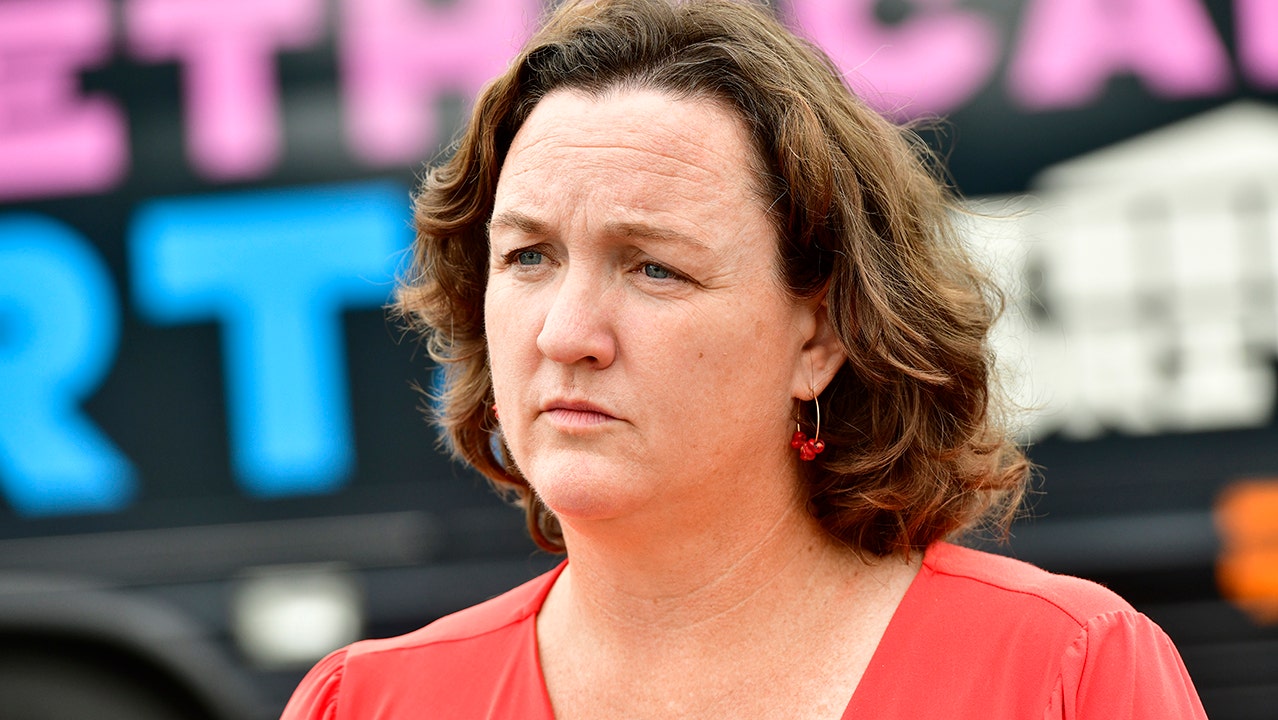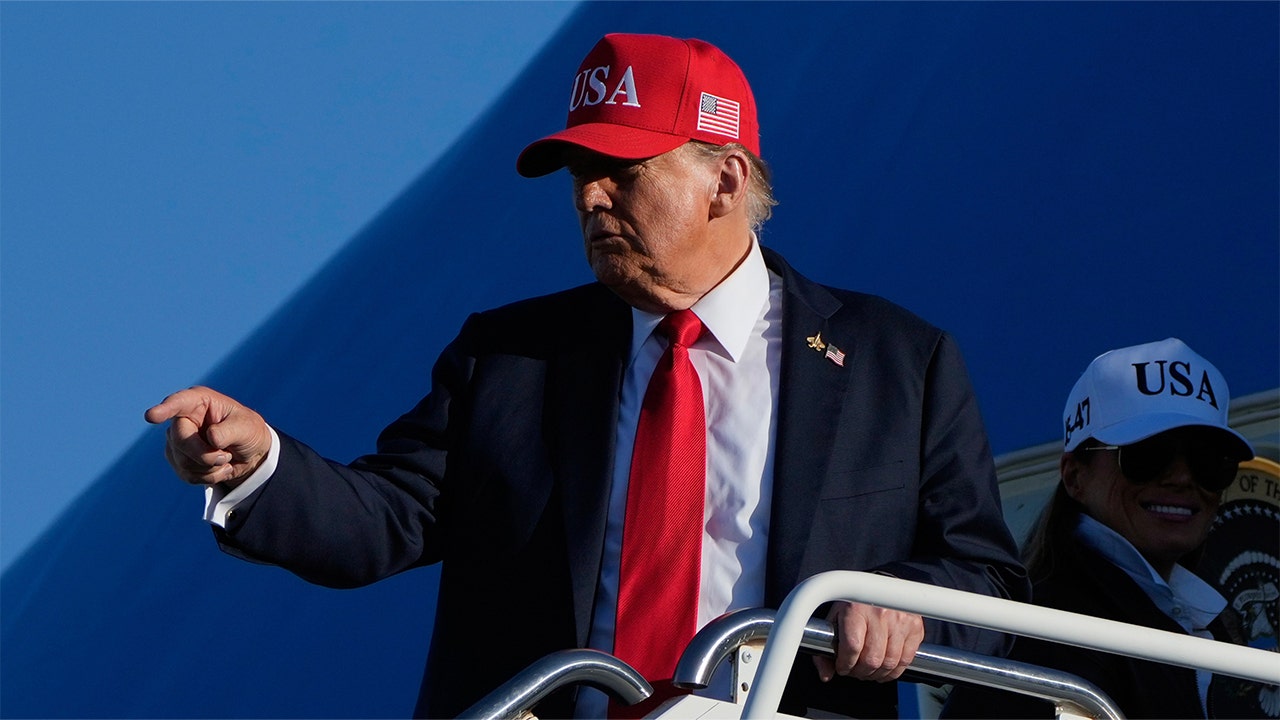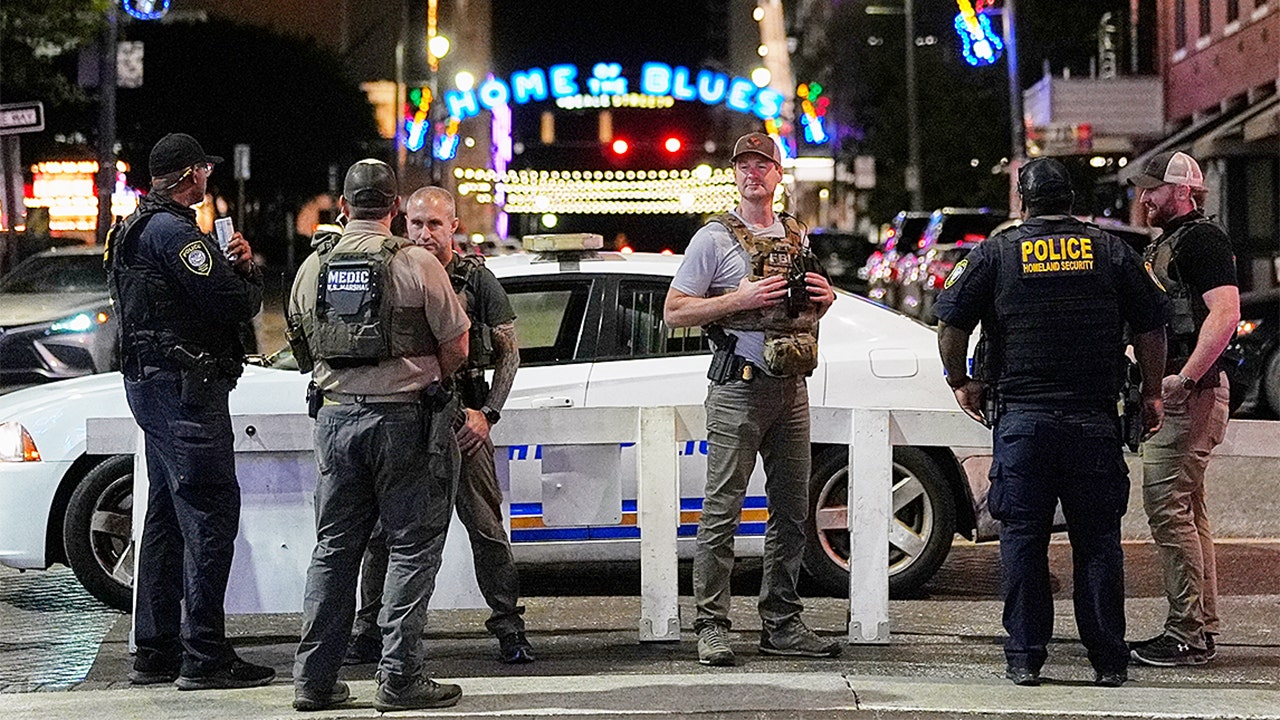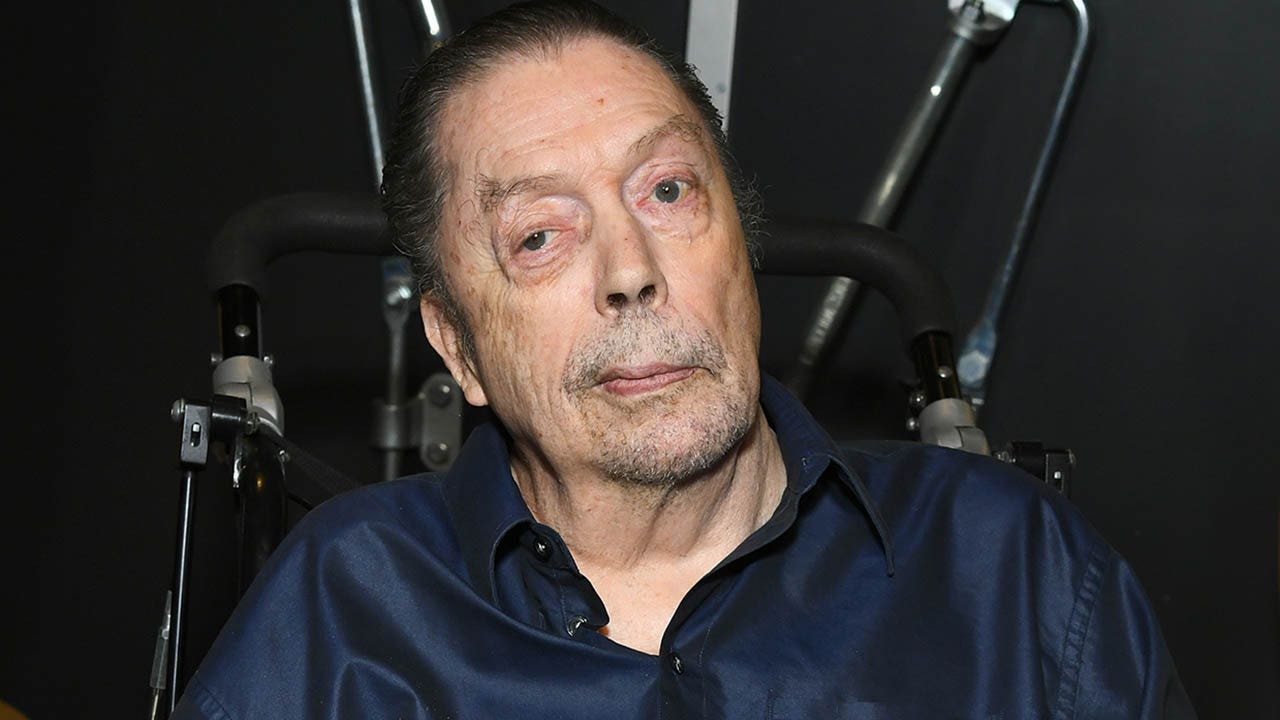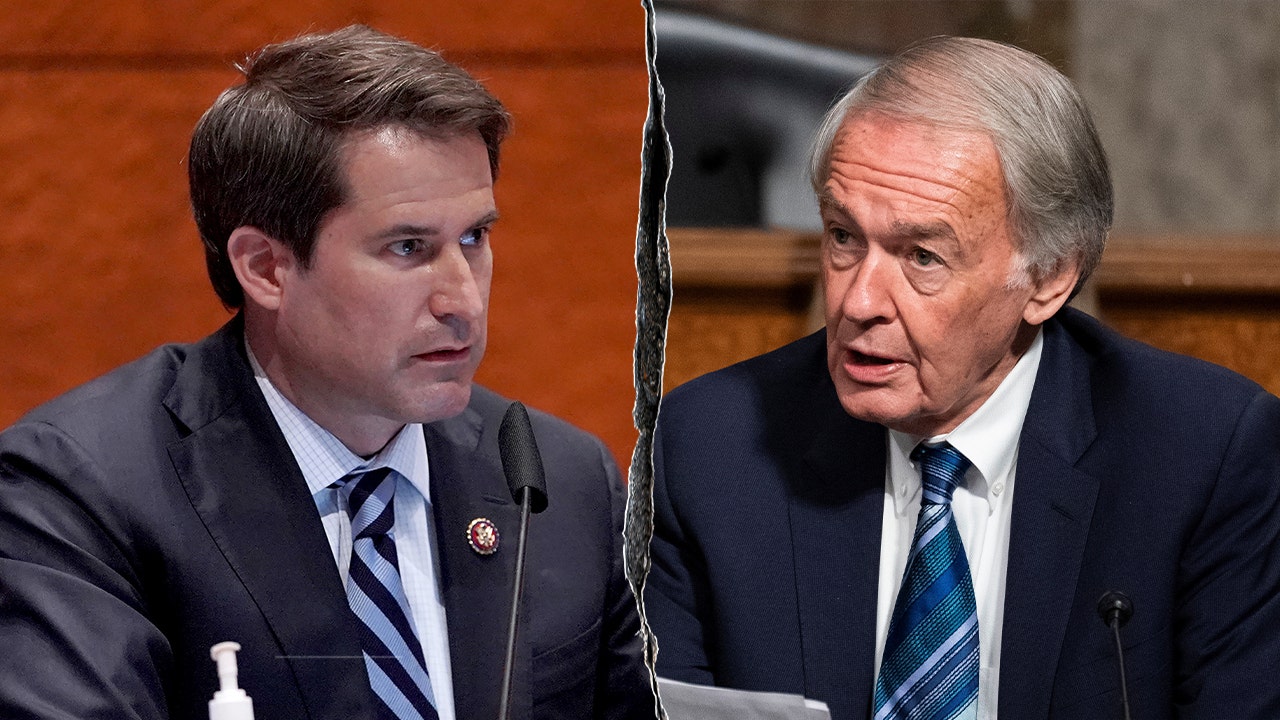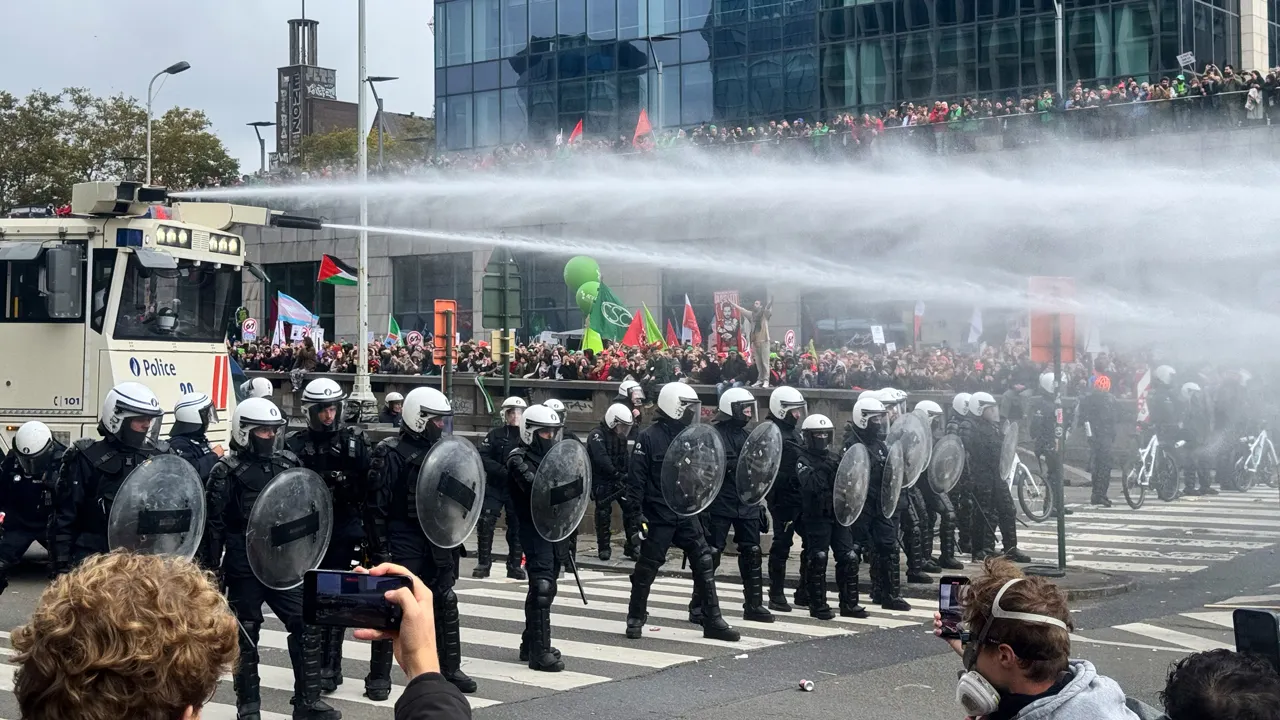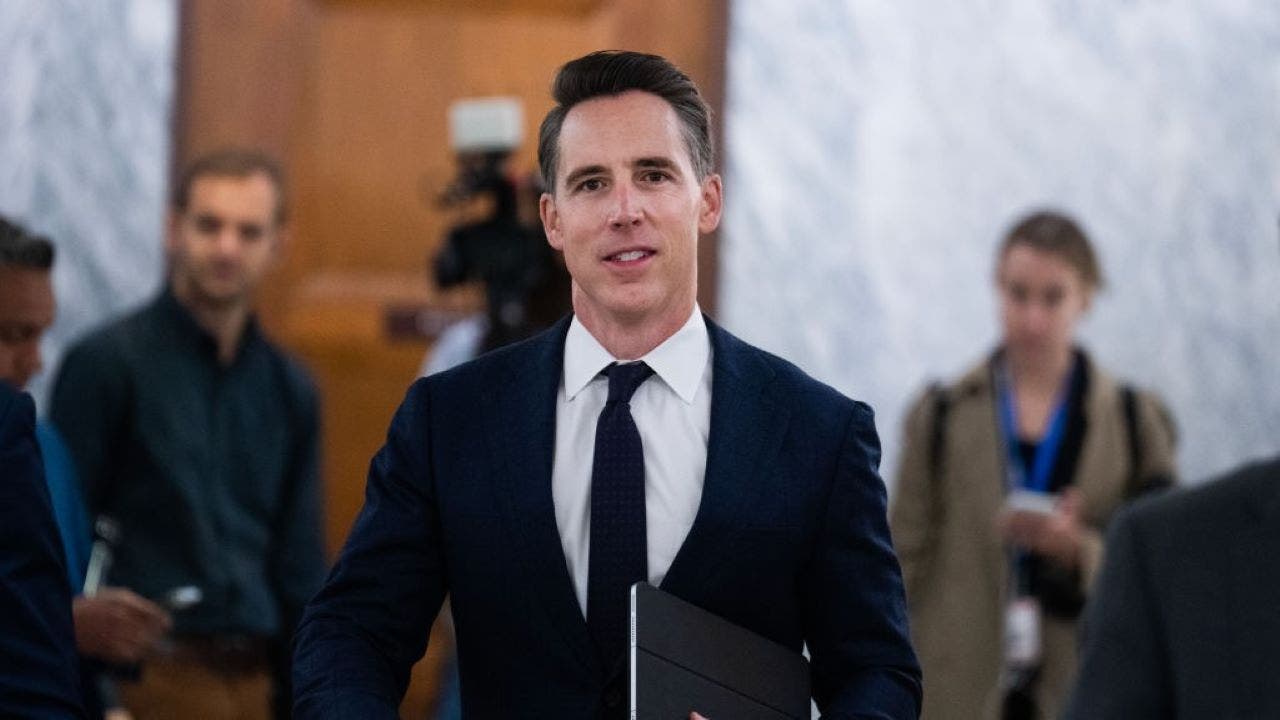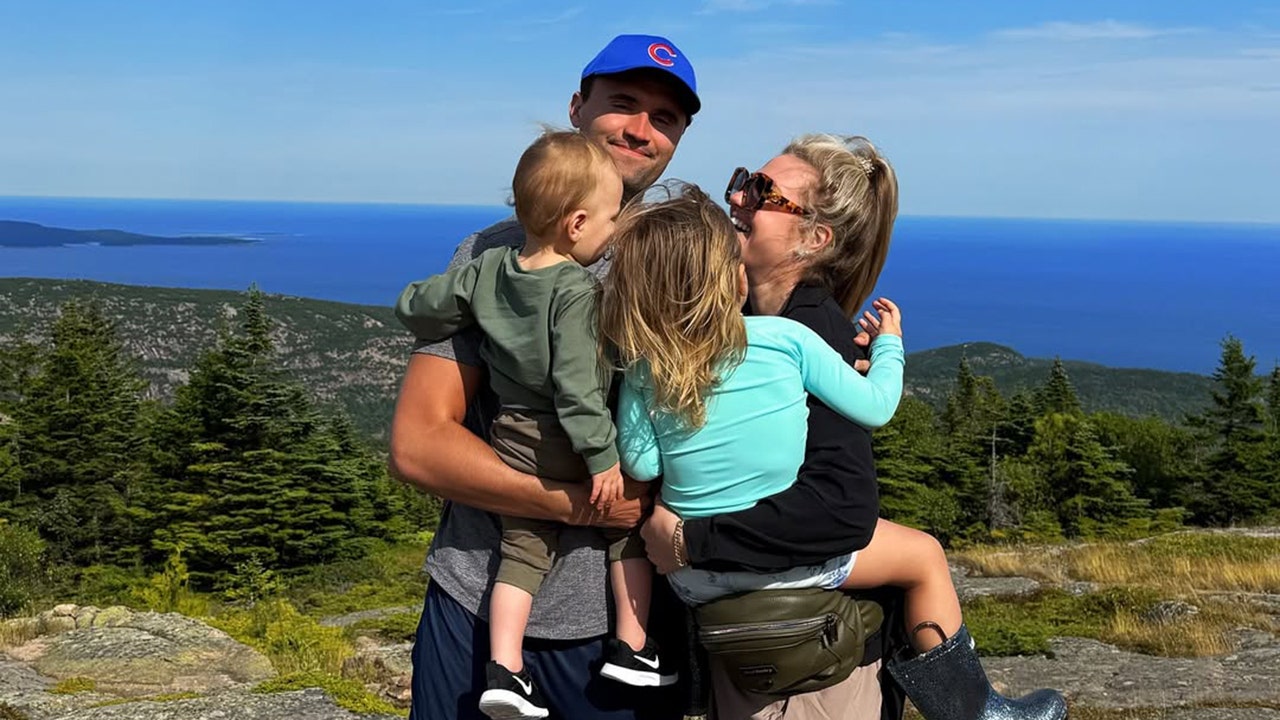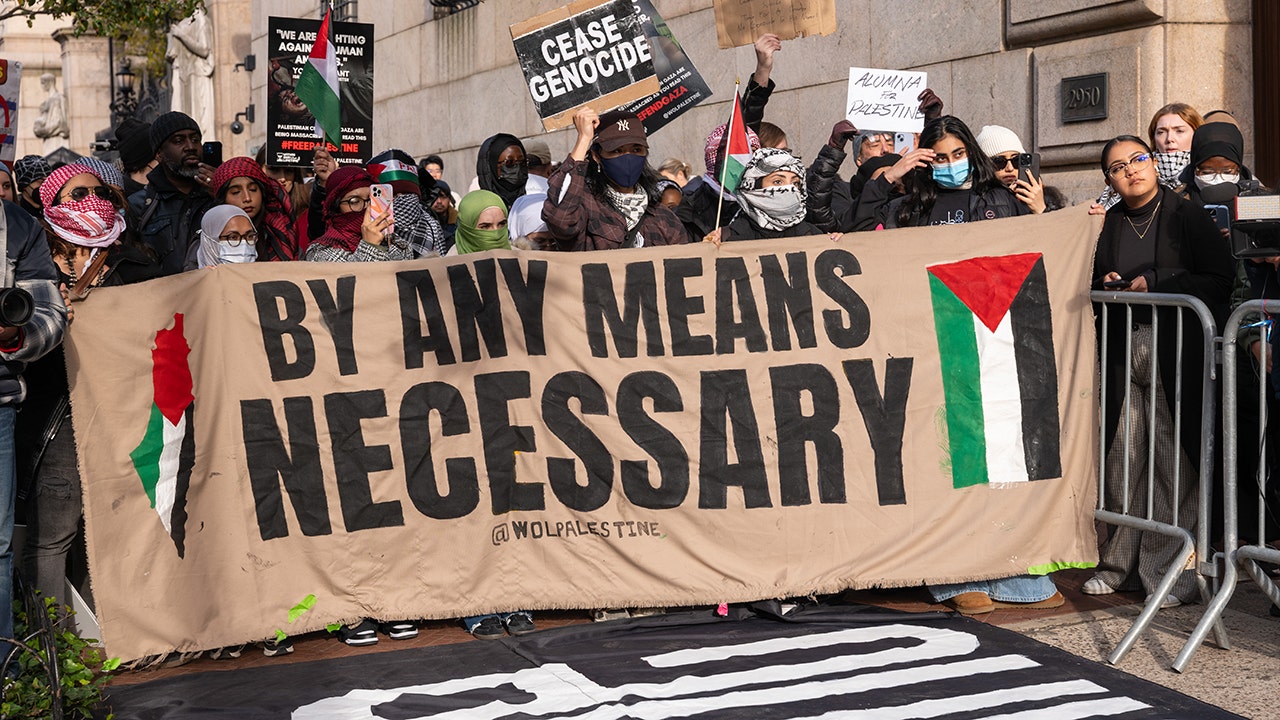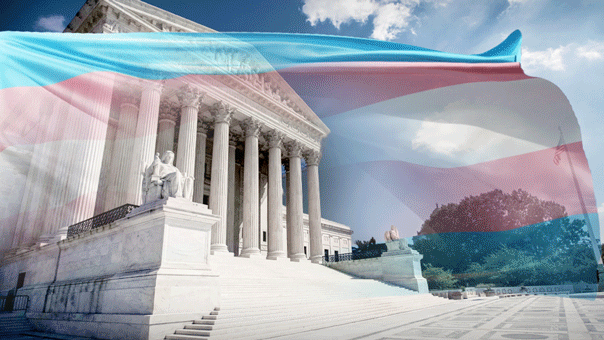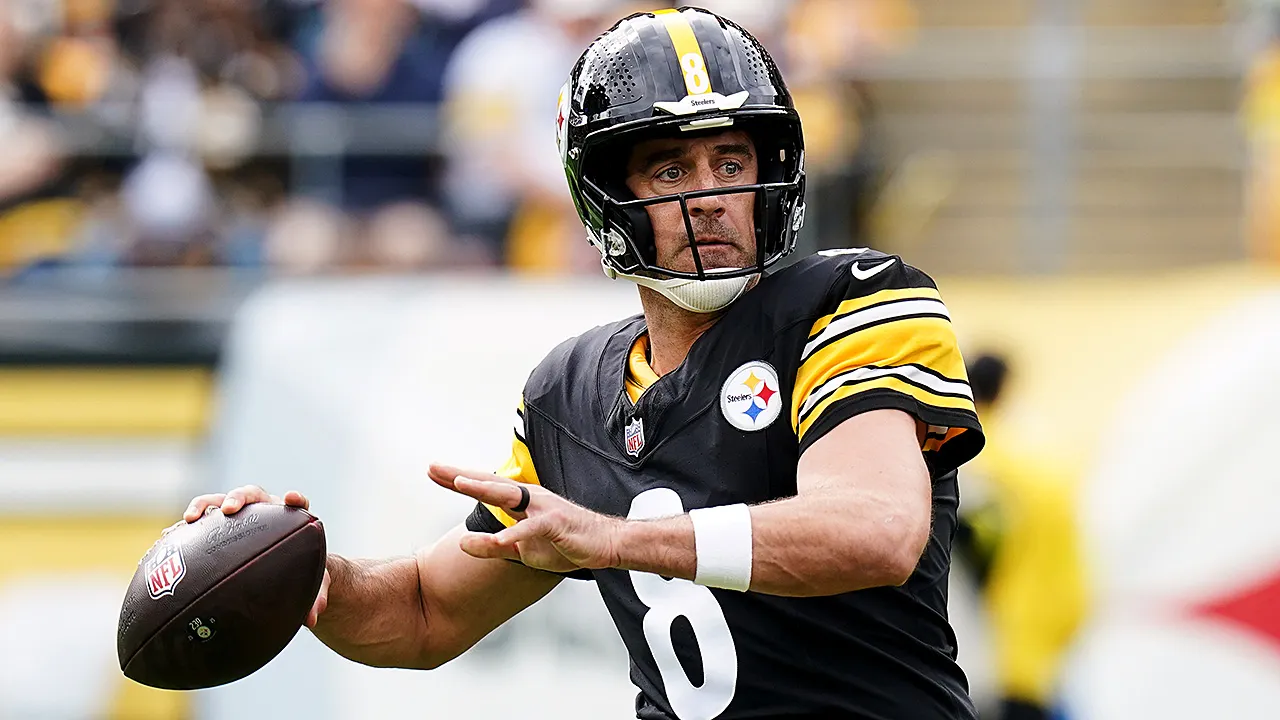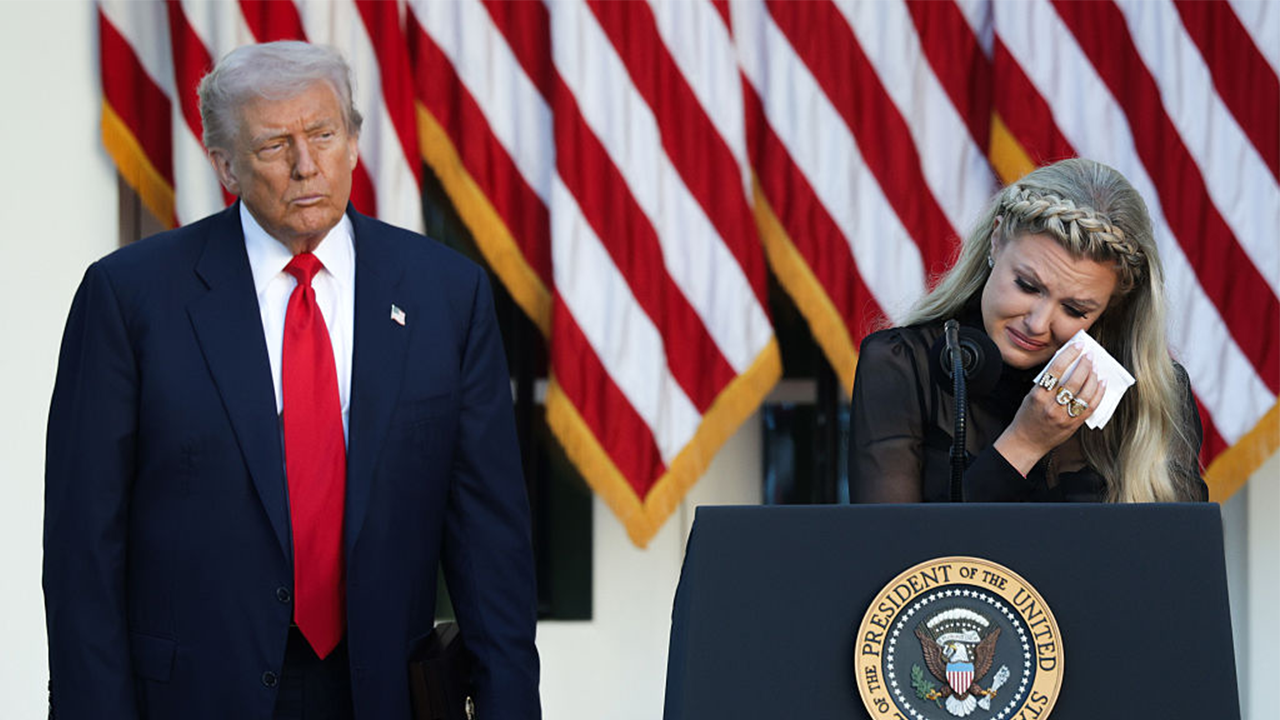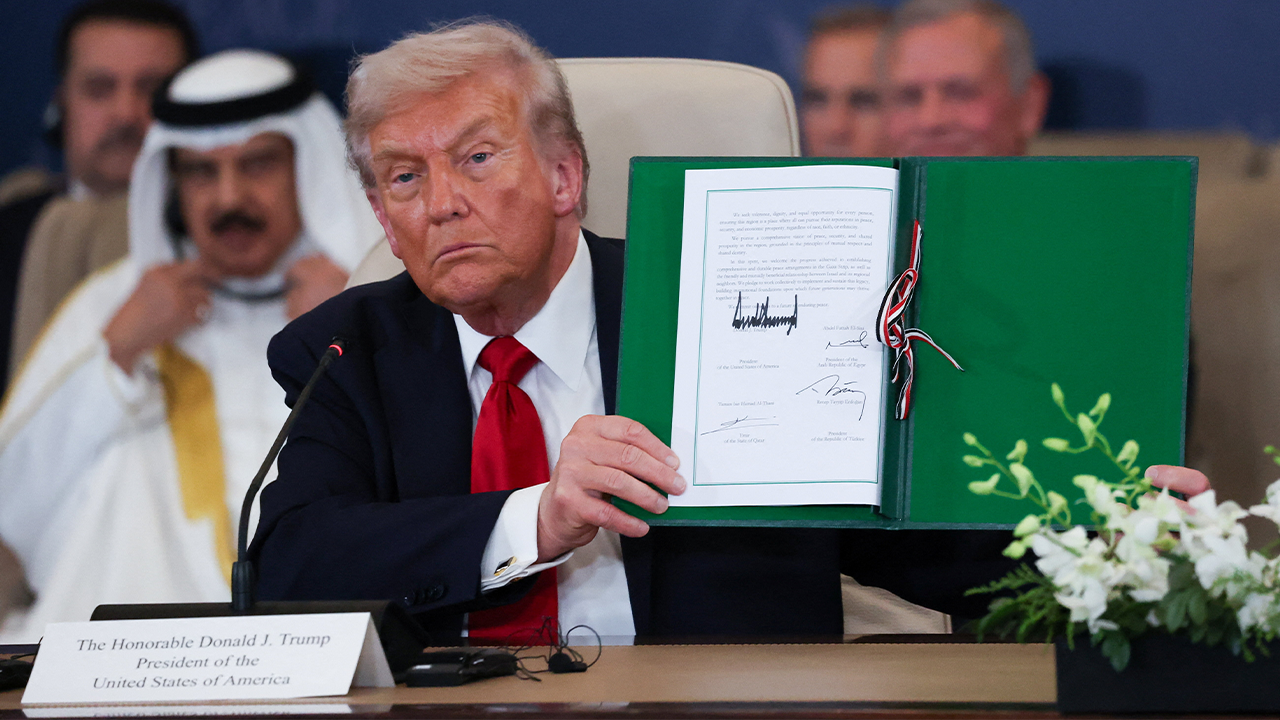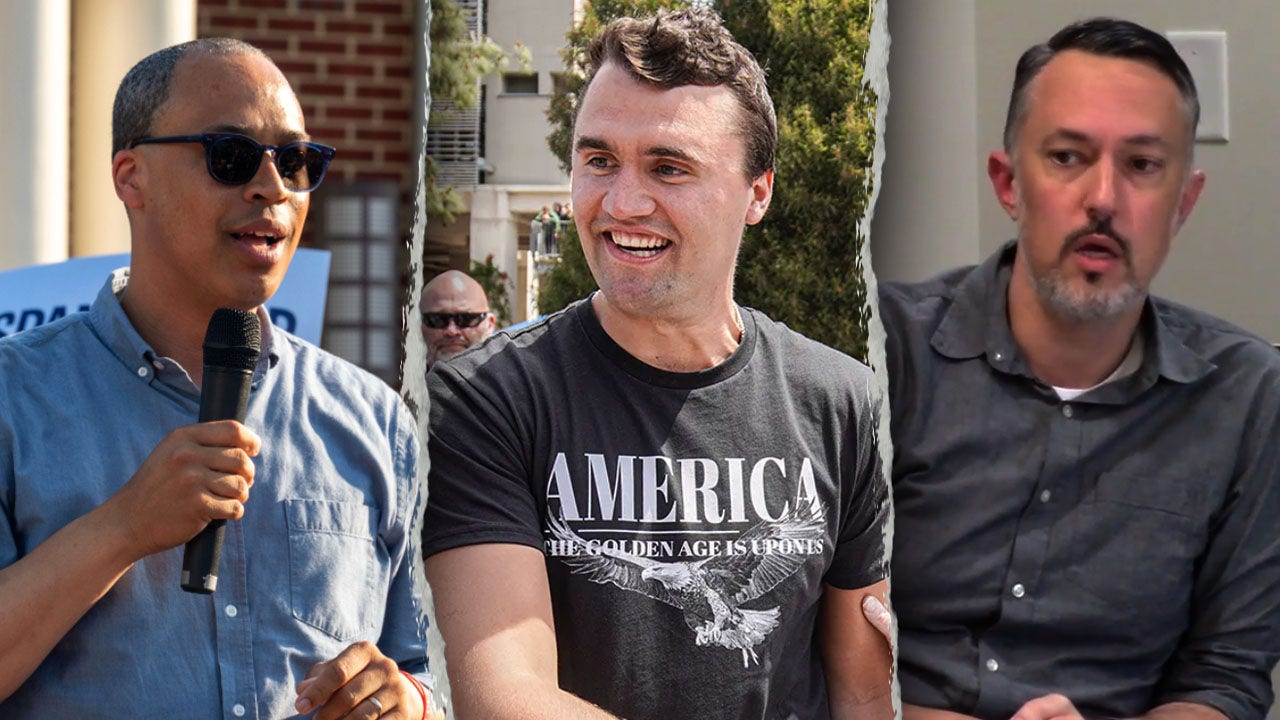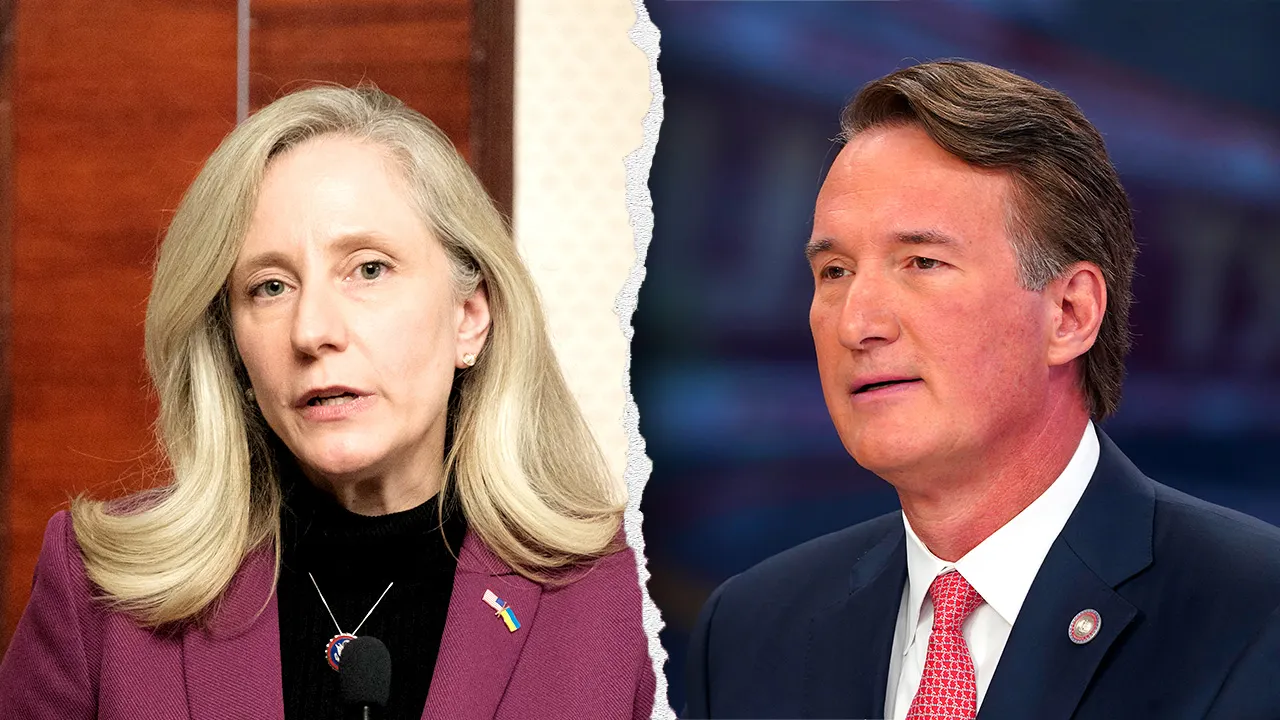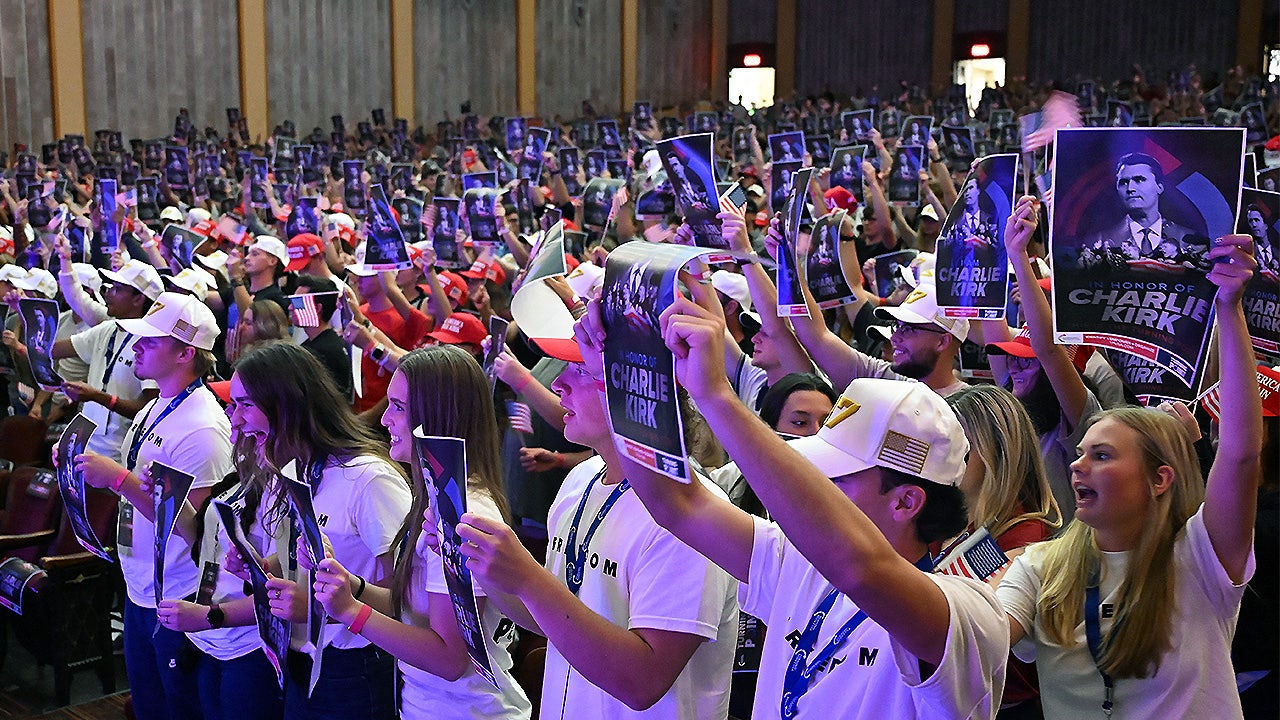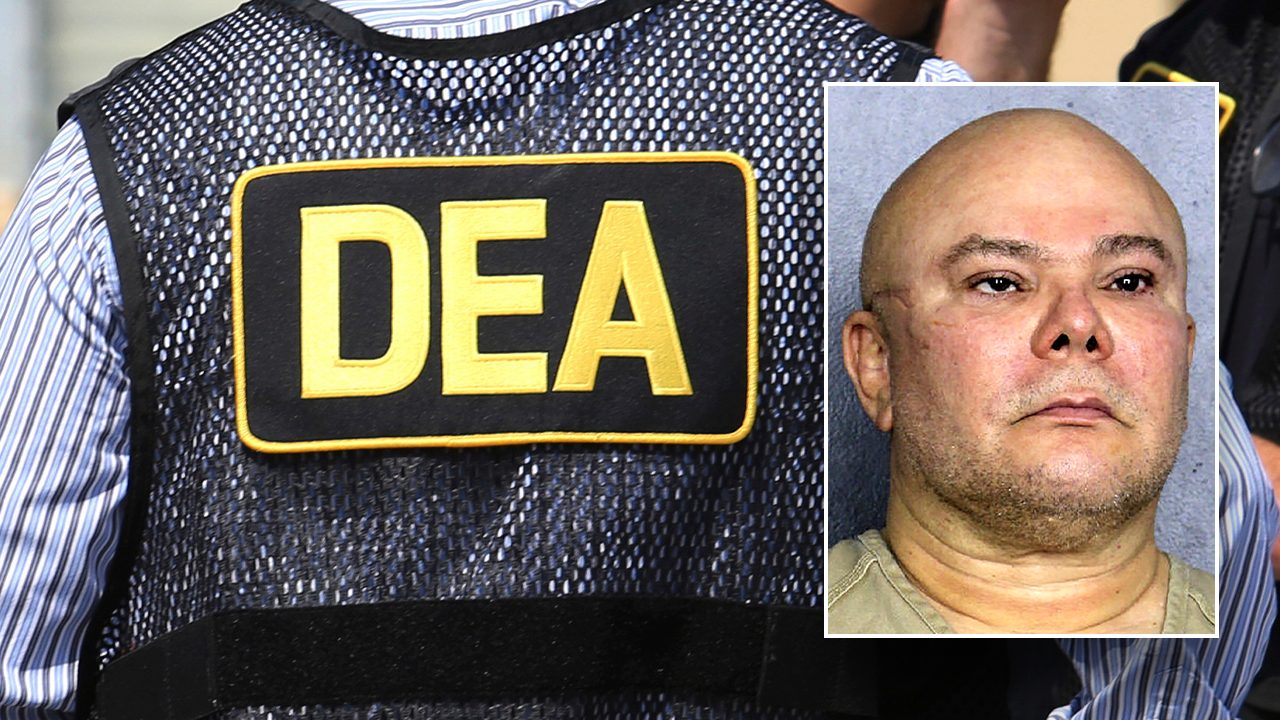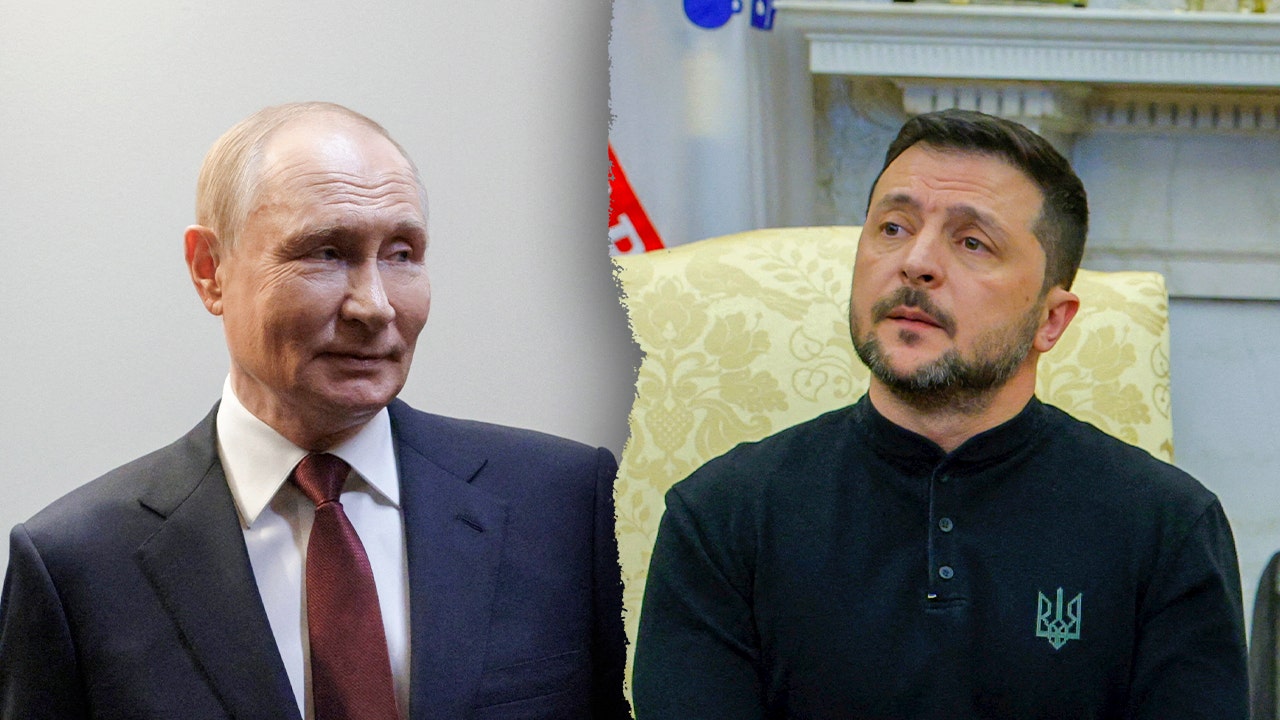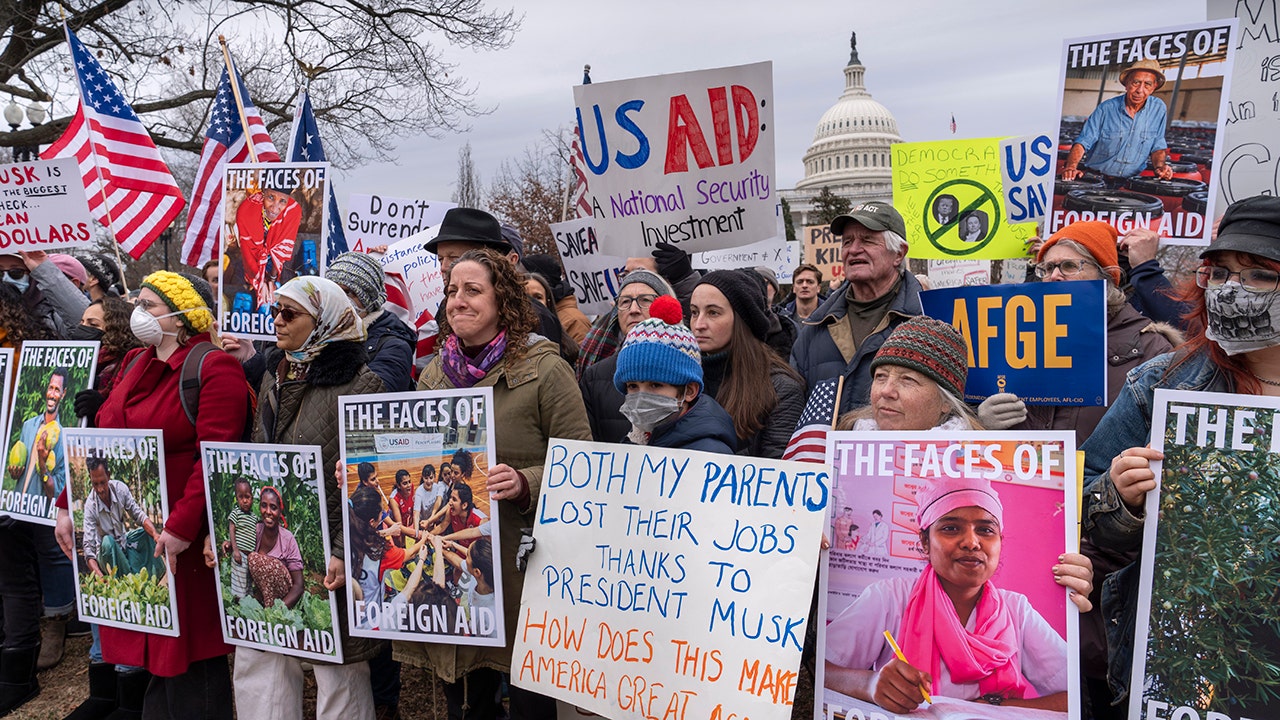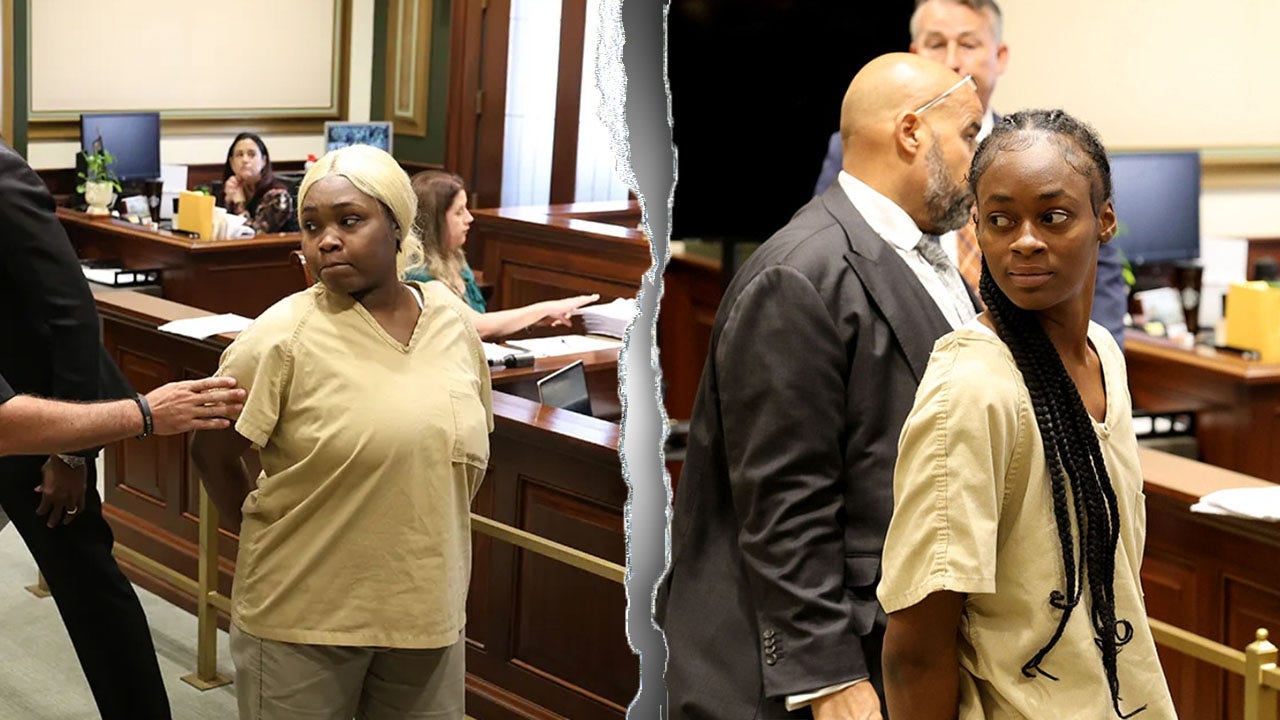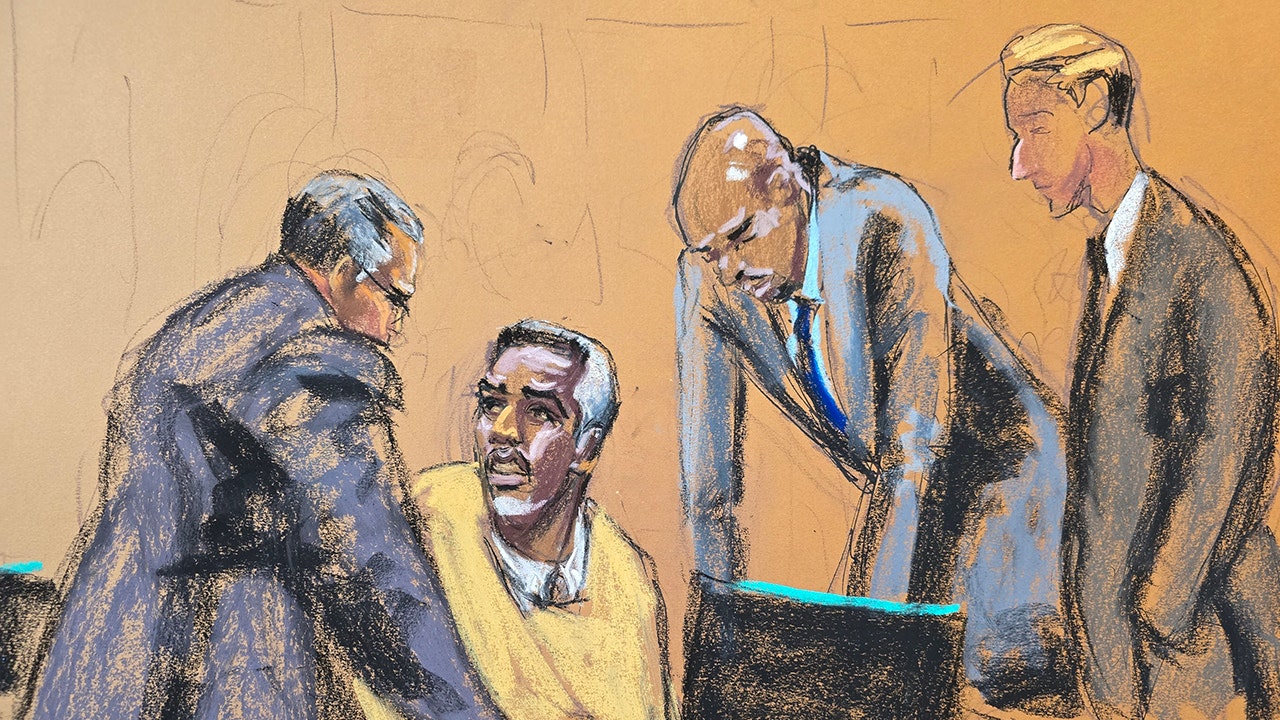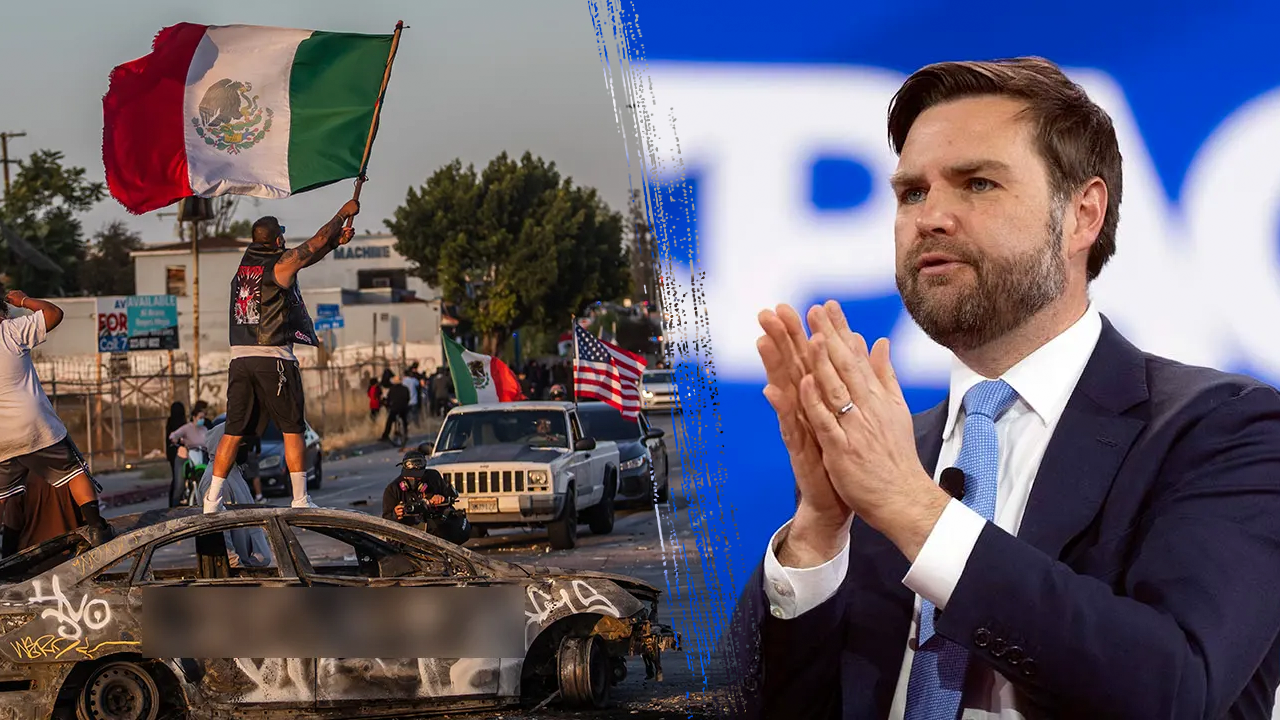NEWYou can now listen to Fox News articles!
In one 18-month period between 1971 and 1972, there were 2,500 domestic bombings on American soil – a stunning rate of nearly five per day.
For many Americans, that fact is shocking. In today’s popular imagination, the politics of the 1960s and 1970s are remembered as a mostly harmless expression of youthful idealism: Woodstock, long-haired hippies, flowers, peace signs and tie-dyed shirts.
But that was not the feeling among most of the Americans who were actually alive during that era. In 1968, in the wake of urban riots and increasingly violent campus unrest, a Gallup poll found that a whopping four out of five Americans believed that law and order had broken down in the U.S.
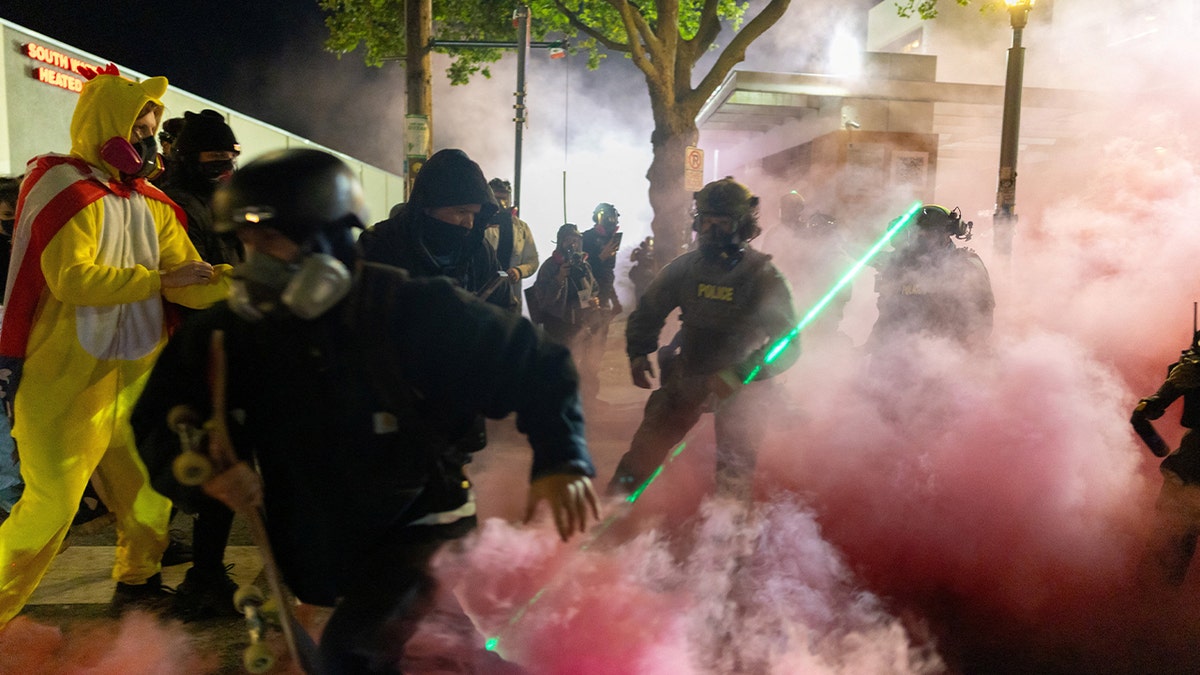
A protestor reacts as law enforcement officers deploy smoke grenades to disperse people gathered outside the U.S. Immigration and Customs Enforcement (ICE) headquarters in Portland, Oregon, Oct. 5, 2025. (Carlos Barria/Reuters)
The truth is, the left-wing radicalism of the ’60s and ’70s was far more violent – and sometimes even deadlier – than the modern narrative suggests. It’s been whitewashed today, in large part because the radicals themselves (along with their allies and fellow travelers) conquered the very mainstream liberal institutions that shape our popular memory.
WHY ANTIFA IS SO MUCH MORE DANGEROUS THAN OLD-SCHOOL LEFTIST TERRORISTS
This rehabilitation of the ’60s radicals is particularly astounding in light of the sheer violence they inflicted on America. As Bryan Burrough wrote in the prologue to his seminal history, "Days of Rage":
"[T]hey smuggle bombs into skyscrapers and federal buildings and detonate them from coast to coast. They strike inside the Pentagon, inside the U.S. Capitol, at a courthouse in Boston, at dozens of multinational corporations, at a Wall Street restaurant packed with lunchtime diners. People die. They rob banks, dozens of them, launch raids on National Guard arsenals, and assassinate policemen, in New York, in San Francisco, in Atlanta. There are deadly shoot-outs and daring jailbreaks, illegal government break-ins and a scandal in Washington. This was a slice of America during the tumultuous 1970s."
At the center of this violence was the Weather Underground, a revolutionary leftist group that issued a "Declaration of War" against the U.S. government in 1970. In short order, the group embarked on an unprecedented campaign of bombings, specifically targeting the major symbols of American national life. On March 1, 1971, they set off a bomb on the Senate side of the U.S. Capitol; in May 1972, they bombed the Pentagon; and in January 1975, the State Department.
AMERICA’S BREAKING POINT: WHY 2026 COULD BURY DEMOCRATS FOR A GENERATION
These were not easygoing hippie protesters. The Weathermen were determined, violent militants. In March 1970, three of the group’s members died in a Greenwich Village townhouse while building a bomb intended for a military ball at Fort Dix – a New Jersey Army base where dozens of noncommissioned officers would be in attendance with their sweethearts. Police recovered 57 sticks of dynamite, completed bombs, detonators and timing devices from the rubble. The only reason there weren’t mass casualties is that the device detonated prematurely.
And yet in spite of all this, the Weather Underground’s ringleaders went on to work at white-shoe law firms, major nonprofits and Ivy League universities. In time, they would even launch the political career of a future U.S. president.
One Weather Underground militant, Kathy Boudin, served 23 years in prison for her role in a 1981 Brink's truck robbery in New York, in which her accomplices executed two policemen and a security guard in cold blood. She was granted parole in 2003; by 2013, she was an adjunct professor at Columbia University and a scholar-in-residence at NYU Law School.
WHEN LIBERALS PLAY CONFEDERATES. PORTLAND'S REVOLT AGAINST AMERICA
Kathy’s son, Chesa Boudin, was elected as the far-left district attorney of San Francisco in 2019, backed by the financial support of George Soros.
While his mother was in jail, Chesa was adopted and raised by Weather Underground co-founders Bill Ayers and Bernardine Dohrn. Ayers became professor of education at University of Illinois at Chicago. In 2008, he was elected vice president for curriculum studies at the American Educational Research Association. Dohrn went to work at the elite law firm Sidley & Austin, and was later hired as a professor at Northwestern Law School – where she taught for over 20 years.
Barack Obama’s first campaign event, launching his 1995 Illinois state Senate run, was held in Ayers’ and Dohrn’s living room.
The uncomfortable truth is that the left-wing radicals lost the street war, but their worldview won the far more consequential war for America’s elite institutions. The New Left of the 1960s did not disappear into obscurity. It took over the nation’s systems of education, law, philanthropy, media and mass culture.
CLICK HERE FOR MORE FOX NEWS OPINION
Today, the progeny of groups like the Weather Underground can be seen on the streets of cities like Portland and Chicago, throwing Molotov cocktails at cops and federal agents. (Often with the backing of the very institutions their predecessors conquered.) In more ways than one, we live in the world the 1960s made.
America is at a tipping point. We have endured years of left-wing riots, attacks, bombings and a series of assassination attempts that culminated in the murder of Charlie Kirk.
But it’s not 1970 anymore. In fact, it’s not even 2020.
CLICK HERE TO GET THE FOX NEWS APP
In the less than one year that President Donald Trump has been in office, his administration – working with its Republican allies in Congress – has dismantled DEI bureaucracies, gone on offense against leftist ideologues in public schools and higher education, and shut off the spigot of federal taxpayer dollars that have funded the left-wing NGO-industrial complex for decades. As we speak, they are preparing to take unprecedented (but long-overdue) action against the left-wing terrorists and militants on our streets.
The radicals of the 1960s failed to overthrow America by force, so they set out to capture it from within. If the left’s "long march through the institutions" was the defining political project of the last 50 years, the right’s task in the coming years must be to take those institutions back for America. Finally, that task has begun.
CLICK HERE TO READ MORE FROM SEN. ERIC SCHMITT
Sen. Eric Schmitt, R-Mo., serves on the Senate Armed Services Committee, and is a member of the Cybersecurity, Emerging Threats and Capabilities, and Seapower Subcommittee. He is also an active member of the Joint Economic Committee.

 4 hours ago
2
4 hours ago
2
